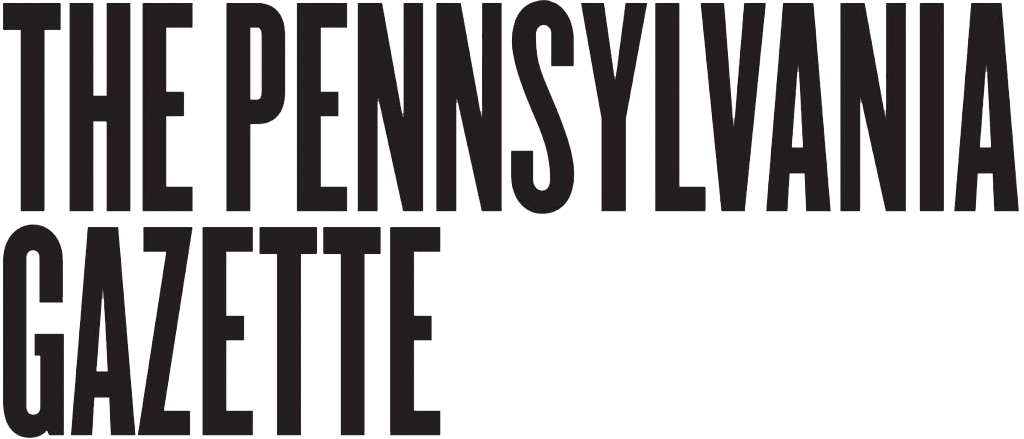The occasion for our cover story profiling Penn historian Thomas Sugrue was the publication last fall—specifically, on Election Day 2008—of his groundbreaking book, Sweet Land of Liberty: The Forgotten Struggle for Civil Rights in the North. But “The Vital Thread of Tom Sugrue,” by freelancer Nathaniel Popkin C’91 GCP’95, also has a lot to say about Sugrue the man and citizen—“the totality of the person,” as one source quoted in the story puts it.
A common observation about Sugrue among the colleagues, friends, and students that Nathaniel spoke with is his ability to both think big and look closely. Michael Katz, the Annenberg Professor of History, who helped lead the committee that hired him back in 1991, praises Sugrue’s careful archival research but also describes him as a “terrific synthesizer.” Someone else cited his “ability to look up and around him to see details, immense riches,” and Sugrue himself singled out “insatiable curiosity” as his primary intellectual trait.
In addition to Sugrue’s writing and teaching, Nathaniel also highlights his personal engagement with the urban environment—fittingly for someone whose own writings on the city were recently featured in our pages [“Alumni Profiles,” Jan|Feb]. He frames the article with a long walk he and Sugrue took down Germantown Avenue, starting in Mount Airy, where Sugrue lives and is active in neighborhood issues. “I find the city endlessly fascinating,” the historian told him. “There’s always something to see with new eyes.”
One local sight that stuck in the minds of a trio of Wharton MBA students several years ago was the legendary North Philadelphia boxing hall, the Blue Horizon—so much so that it led to the creation of an annual blood sport cum good cause known as Fight Night, in which Penn graduate students, mostly from Wharton and the Law School, box each other for charity—or come as close as their abilities allow. Most participants seemed to take much more time over their tough guy/girl nicknames (“The Big Show,” “Rampage,” “The Russian Bombshell,” “Baby Face Assassin”), over-the-top costumes and props, and wacky entourages than they did on in-the-ring skills.
This year’s version, the fifth, which associate editor Trey Popp reports on in “Ultimate Fundraising Championship,” featured a fight-card of six three-round bouts. It was attended by some 1,200 fellow graduate students, who paid up to s$50 a ticket, and raised $55,000 for the Boys & Girls Clubs of Philadelphia—without, as far as we know, permanently harming any of the future corporate bigwigs, legal eagles, and others involved.
Back in our Jan|Feb 2008 issue, we profiled alumnus Michael Nutter W’79, who had recently been elected mayor of Philadelphia. Most of that article dealt with Nutter’s surprising path to victory, but towards the end it noted that, um, there might be some financial troubles for the city down the road. To put it mildly, that has turned out to be true.
Thanks to the economic crisis, as 2009 got under way Philadelphia was looking at a $1 billion shortfall over the next five years. To help the mayor wield the ax, the Penn Project for Civic Engagement (PPCE) organized a series of forums around the city in which participants were split into breakout groups of about 25 people each and asked to come up with recommendations—laying off police and firefighters, closing park fountains, releasing non-violent offenders, etc., etc.—on how best to balance the budget. See what happened in “1,700 Mayors for a Day” in “Gazetteer.” (Surprisingly, it was not a replay of Fight Night.)
—John Prendergast C’80

